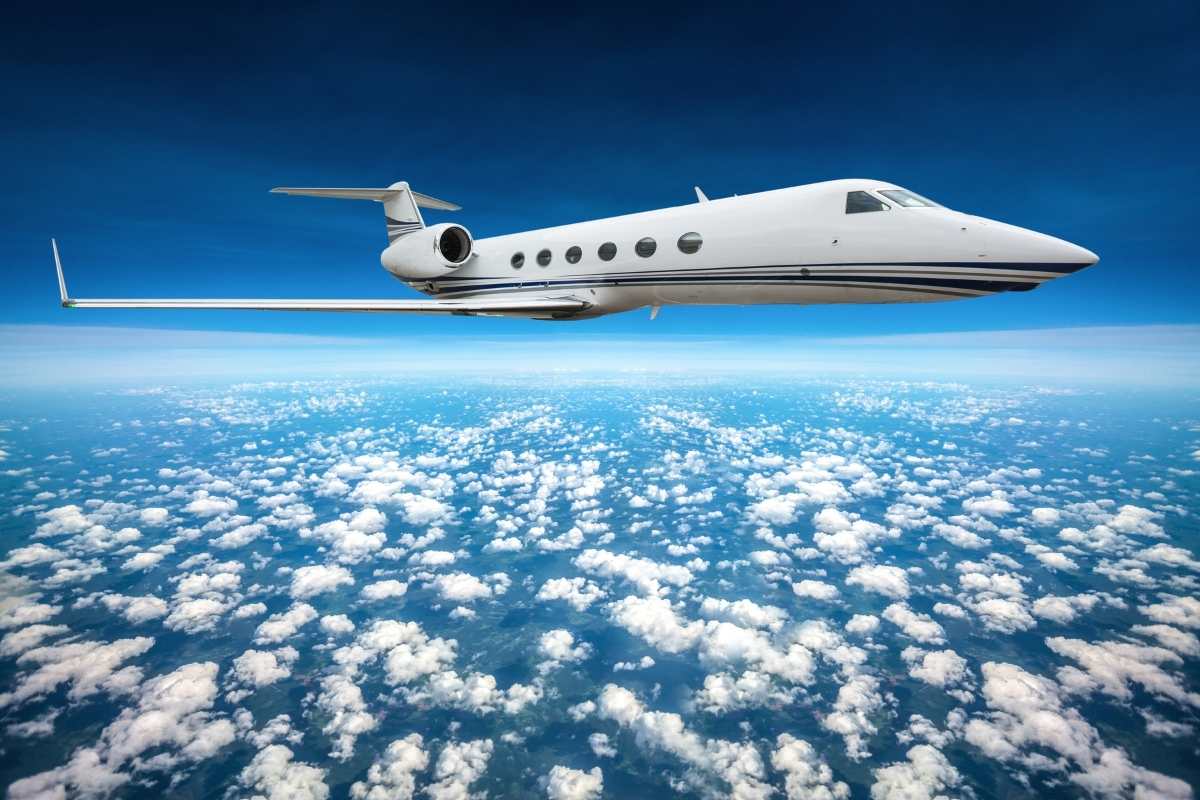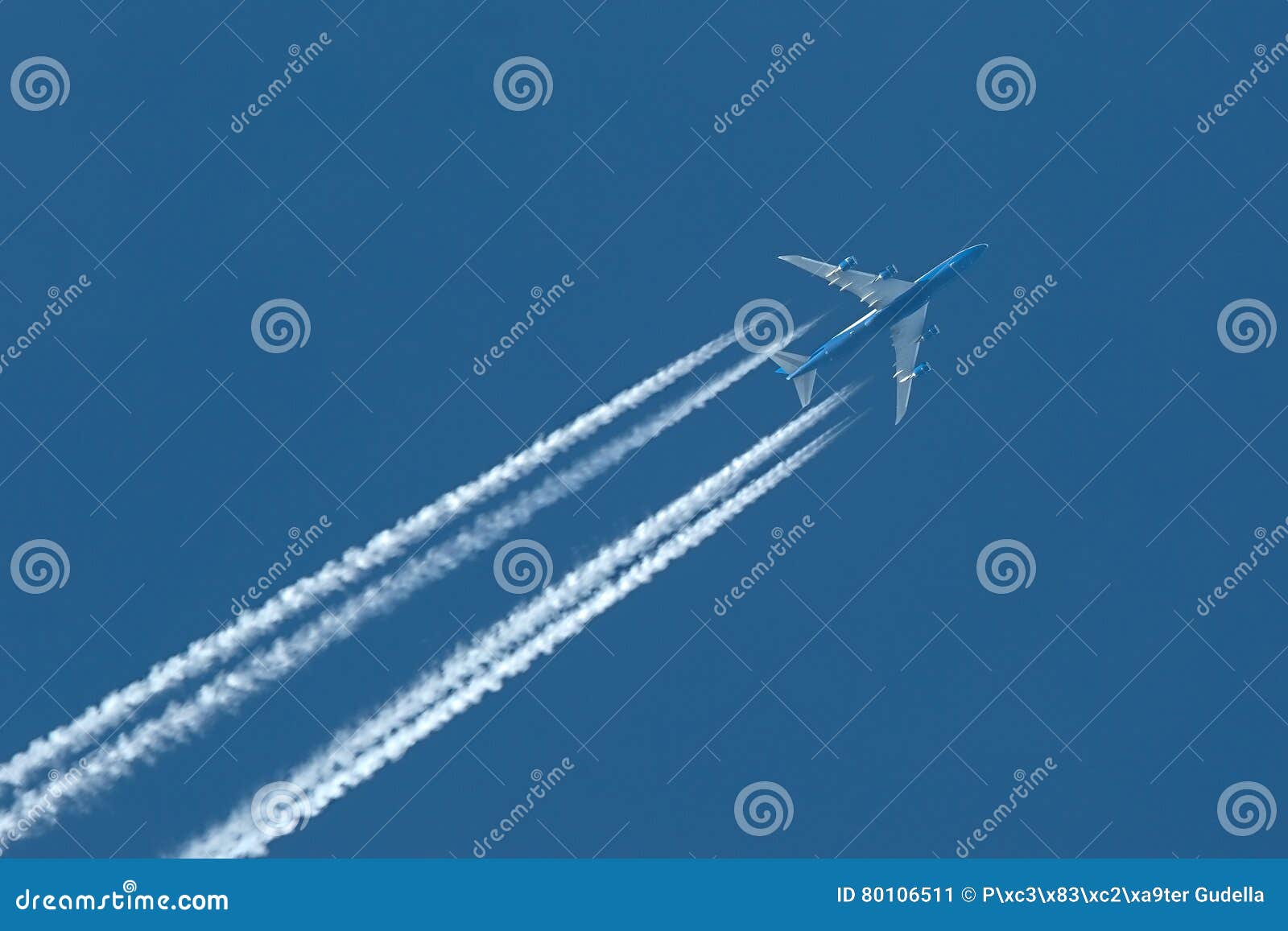Table Of Content
However thinner air creates less drag, so the higher an aircraft flies the less fuel it uses for the same amount of time. Now you know the cruise, landing, and takeoff speed of a 747. The plane soars through the air at extraordinary speeds thanks to a combination of strong engines, clever utilization of jet streams, and aerodynamic brilliance.

International: 954-581-6022
Comparing the World’s Largest Airplanes - FLYING
Comparing the World’s Largest Airplanes.
Posted: Wed, 26 Jan 2022 08:00:00 GMT [source]
Pilots may harness their energy to increase speed and fuel efficiency by maneuvering these strong air currents wisely. Boeing announced a new 747 variant, the 747-8, on November 14, 2005. Referred to as the 747 Advanced prior to its launch, the uses similar General Electric GEnx engines and cockpit technology to the 787. The variant is designed to be quieter, more economical, and more environmentally friendly. The 747-8's fuselage is lengthened from 232 feet (71 m) to 251 feet (77 m),[202] marking the first stretch variant of the aircraft.
How do pilots decide what their cruising altitude will be?

Most commercial airplane manufacturers have different models of airplanes that are each used for different purposes because of the characteristics that each has. Closely related to the 747, a 737 jet has a very similar cruising altitude. The maximum cruising altitude for the new generation of 737 planes is 41,000 feet. At this altitude, 737 jets can still have great fuel efficiency and safety standards thanks to avoiding powerful winds and bad weather.
400 Boeing Converted Freighter
Flying at higher altitudes reduces fuel consumption for aircraft like the 747. This is primarily due to the thinner air, which results in less drag and improved fuel efficiency. The engines of the aircraft operate more efficiently at higher altitudes, allowing for reduced fuel consumption. This is one of the reasons why airliners prefer cruising at higher altitudes whenever possible. This can occur due to air traffic control instructions, weather conditions, or changes in the aircraft’s weight or performance requirements. Pilots continuously monitor and adjust the cruising altitude as necessary to ensure safe and efficient operations throughout the flight.
It has a pronounced 37.5° wing sweep, allowing a Mach 0.85 (490 kn; 900 km/h) cruise speed, and its heavy weight is supported by four main landing gear legs, each with a four-wheel bogie. Commercial or passenger aircraft are usually designed for optimum performance around their cruise speed (VC) and cruise altitude. Factors affecting optimum cruise speed and altitude include payload, center of gravity, air temperature, and humidity. Cruise altitude is usually where the higher ground speed is balanced against the decrease in engine thrust and efficiency at higher altitudes. The cruising altitude of a Boeing 747, also known as the Queen of the Skies, typically ranges from 35,000 to 45,000 feet.
Each individual airplane will have a different “sweet spot” that translates to the most efficient ride for them. Obviously, not every flight on a 747 will be operated under this very specific condition, but when the atmospheric conditions and weather allow for it, every pilot should aim for this height. This is because a heavier aircraft should fly faster to generate the required lift at the most efficient lift coefficient.
How fast can a plane fly?
The Airbus A380 can reach speeds of more than 1,000 kilometres per hour! Now the Boeing 787 Dreamliner (907 km/h) and Boeing 777 (905 km/h) aren’t that fast, but still three times faster than a Formula 1 racing car. See below the speeds of the most common aircraft on Schiphol. Unless you use the Mode Control Panel MCP to select 34000ft on the autopilot, and then go to the VNAV/CRZ page and insert 34000ft into the cruise altitude and excecute. And you wouldn't do that without an ATC clearance even with it annotated in the flightplan.
Can a 747 fly at any altitude?
The pressurization system ensures that passengers experience a similar level of comfort and oxygen as they would at lower altitudes. Back to RTE, Activate, check altitude in LEGS pages and see cruise altitude is set at FL390 not FL330. Back to PERF INIT and double check that CRZ ALT is at FL330. The altitude you request somewhat depends on aircraft performance, I would imagine, but obviously any ATC clearance must be adhered to unless amended. Hopefully one of the commercial pilots can fill in more of the blanks, though. The most recent design and materials are included in the GEnx to enhance performance, lower maintenance costs, and consume less fuel.
He is also a pilot and mechanic who has worked for Capital Airlines, Bendix Corporation, and American Airlines. The other day we were going to Louisville Muhammad Ali International Airport (SDF) and Fltplan.com suggested FL260 for cruise. I never expected it to work, but since it was a slightly different route, we decided to try. As we were stepped up to FL190 there was a break on the frequency and I asked the controller if he thought FL260 was really going to work for us. On December 6, 2022, the final 'Queen of the Skies' ever to be built rolled out of Boeing's Everett factory, ending its historic 54-year production run.
While a 747 can technically fly at various altitudes, it is usually restricted to a specific range. This range is determined by factors such as air traffic control instructions, weight of the aircraft, and weather conditions. The 747 is designed to operate most efficiently at higher altitudes, typically ranging from 35,000 to 45,000 feet. Airlines may have their own performance tables, choosing a custom balance of efficiency and speed.
On May 1, 2012, the first 747-8i departed Paine Field in Everett, WA bound for Frankfurt, Germany after being delivered to Lufthansa. The Boeing Dreamlifter takes off for its first flight, on September 9, 2006. Boeing has studied a number of 747 variants that have not gone beyond the concept stage.
Firstly, flying at higher altitudes allows for smoother flying conditions as it helps to avoid turbulence and bad weather. Secondly, the air at higher altitudes is less dense, which reduces drag and increases fuel efficiency. Additionally, flying at high altitudes allows for more direct routes, saving time and increasing the overall efficiency of the flight. The Boeing 747 utilizes jet streams, a natural occurrence, in addition to its strong engines. The swift, high-altitude air currents known as jet streams move all over the planet.
As the aircraft consumes fuel, its weight decreases and the optimum altitude for fuel economy increases. For traffic control reasons it is usually necessary for an aircraft to stay at a cleared flight level. On long-haul flights, the pilot may ask air traffic control to climb from one flight level to a higher one, in a manoeuvre known as a step climb. The altitudes are based on the aircraft, its weight, and the current atmospheric conditions. This is the sweet spot where plane fly as fast as possible, but burn the least amount of fuel.
This renowned Boeing commercial airplane not only represents the peak of commercial aviation engineering but also enthralls us with its breathtaking speed as it easily travels great distances. Consider aircraft weight, forecast air temperature, winds, and any expected turbulence levels, and you can find the answer in your airplane documents. Or better yet, any of several performance calculation services can nail the answer for your specific airplane. The first Boeing Freighter took to the skies on February 8, 2010. The airplane followed a route over Western Washington, where it underwent tests for basic handling qualities and engine performance.

No comments:
Post a Comment